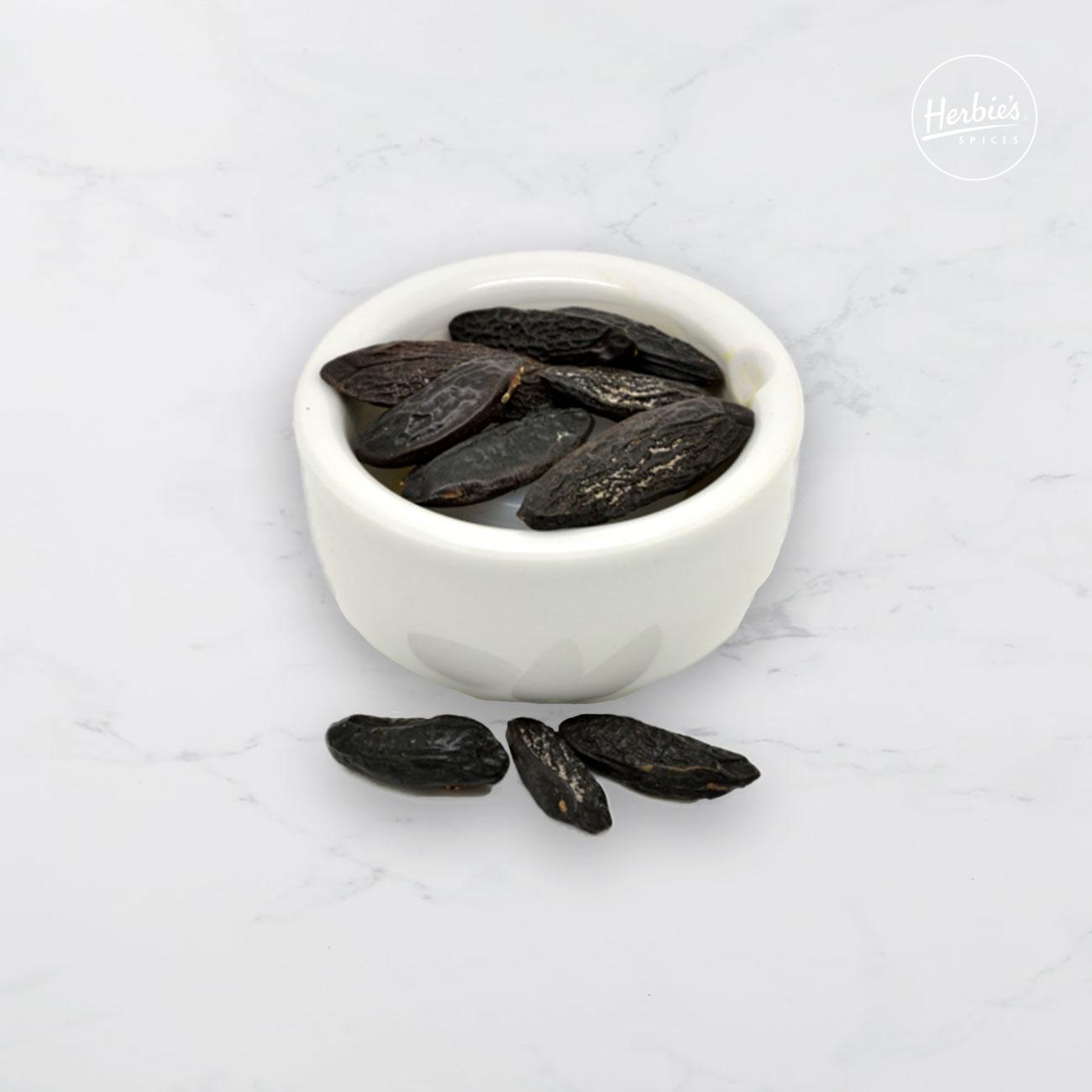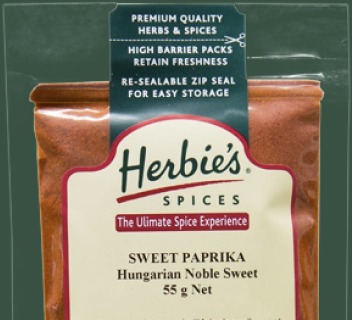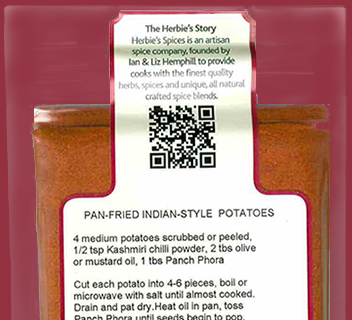Tonka Beans
Description
A strong, fragrant spice with a bitter almond and marzipan-like aroma and flavour.
Other Common Names
Botanical Name: (Dipteryx odorata)
Description & Use
Use sparingly in dishes that would normally use vanilla beans or mahlab. Tonka beans may be grated like nutmeg before adding to a recipe, or soaked in warm water or milk to infuse the flavour. Tonka is a strong spice, so only use in similar proportions to nutmeg. May also be used as a substitute for Mahlab, when 1/4 of the amount of grated Tonka is used instead of Mahlab powder.
Produce of Venezuela or Brazil packed in Australia.
Some additional information from The Spice & Herb Bible 3rd Edition.
The Plant:
Tonka trees grown for fruit production are imposing, generally dense and glossy-foliaged trees that reach more than 65 feet (20 m), with a diameter of up to 3 feet (1 m). The trees grow in moist, well-drained soils that are relatively poor. However, the density of growth and fecundity of flowering and pod production is enhanced by good-quality soils, fertilizer and compost.
Processing:
Fully ripe pods fall from the trees and are picked up from among the leaf matter and taken in wicker baskets to be processed. Each pod is cut or broken open with a hammer to reveal a wrinkled-looking oblong brown seed (the tonka bean) about 1 inch (2.5 cm) long; when cut to reveal its cross-section, the bean reveals a creamy white center. These beans, which are the whole seed, are placed in the sun to dry. The naturally occurring enzymes activated by the process of drying, turn the beans black on the outside. The centres turn pale brown, and the pungent flavor is created. To our knowledge, the flesh of the pod has no culinary use.
Weight
10g
















